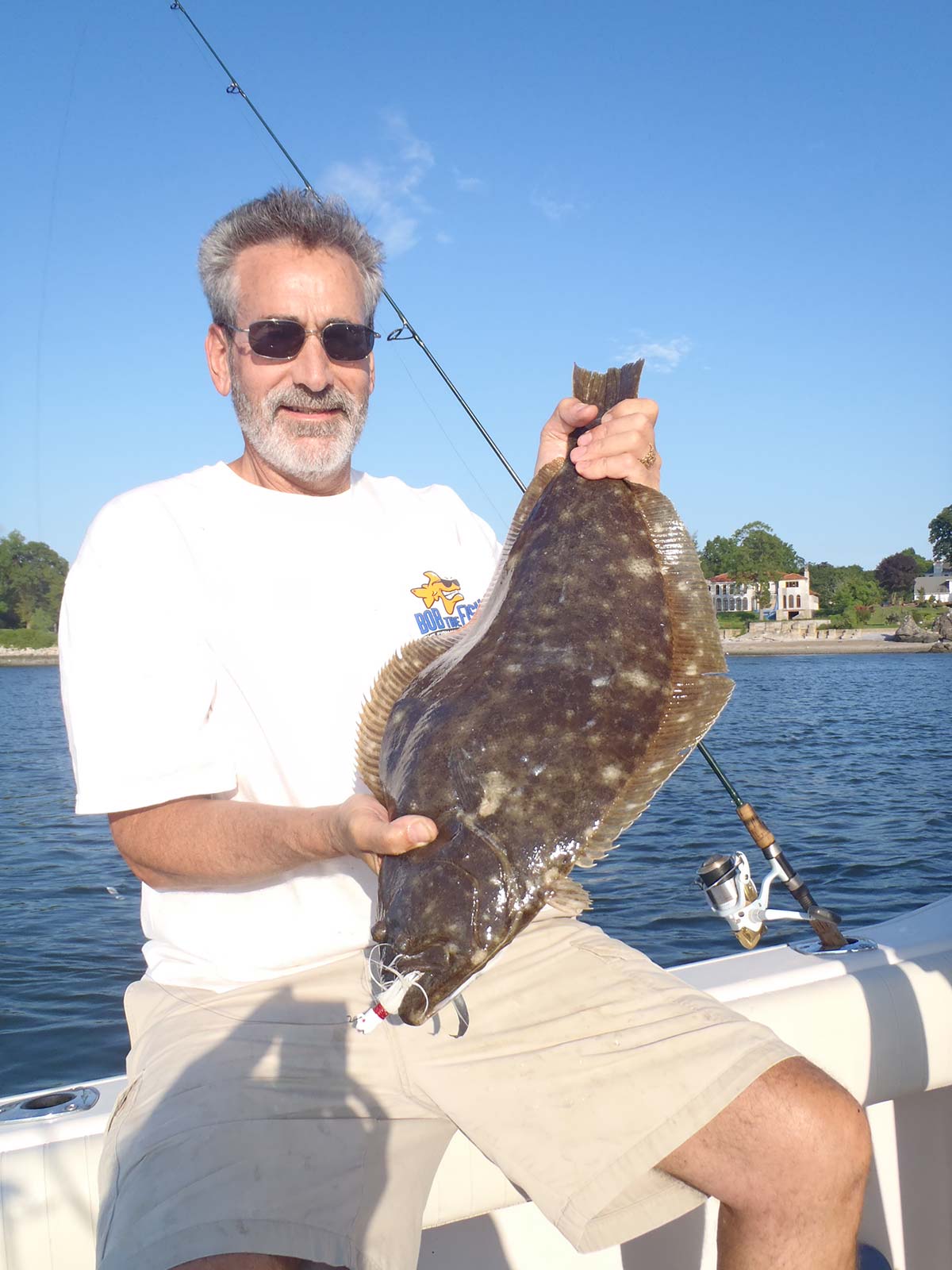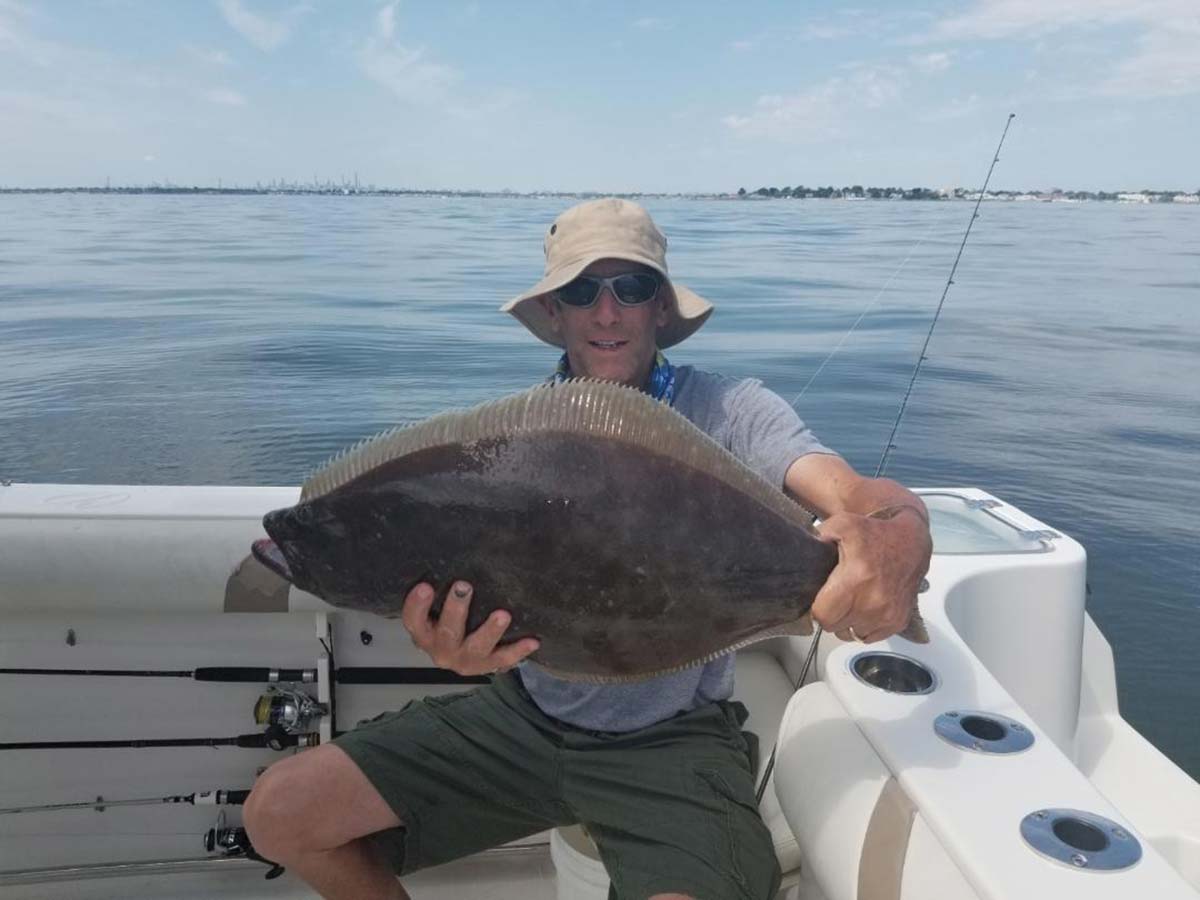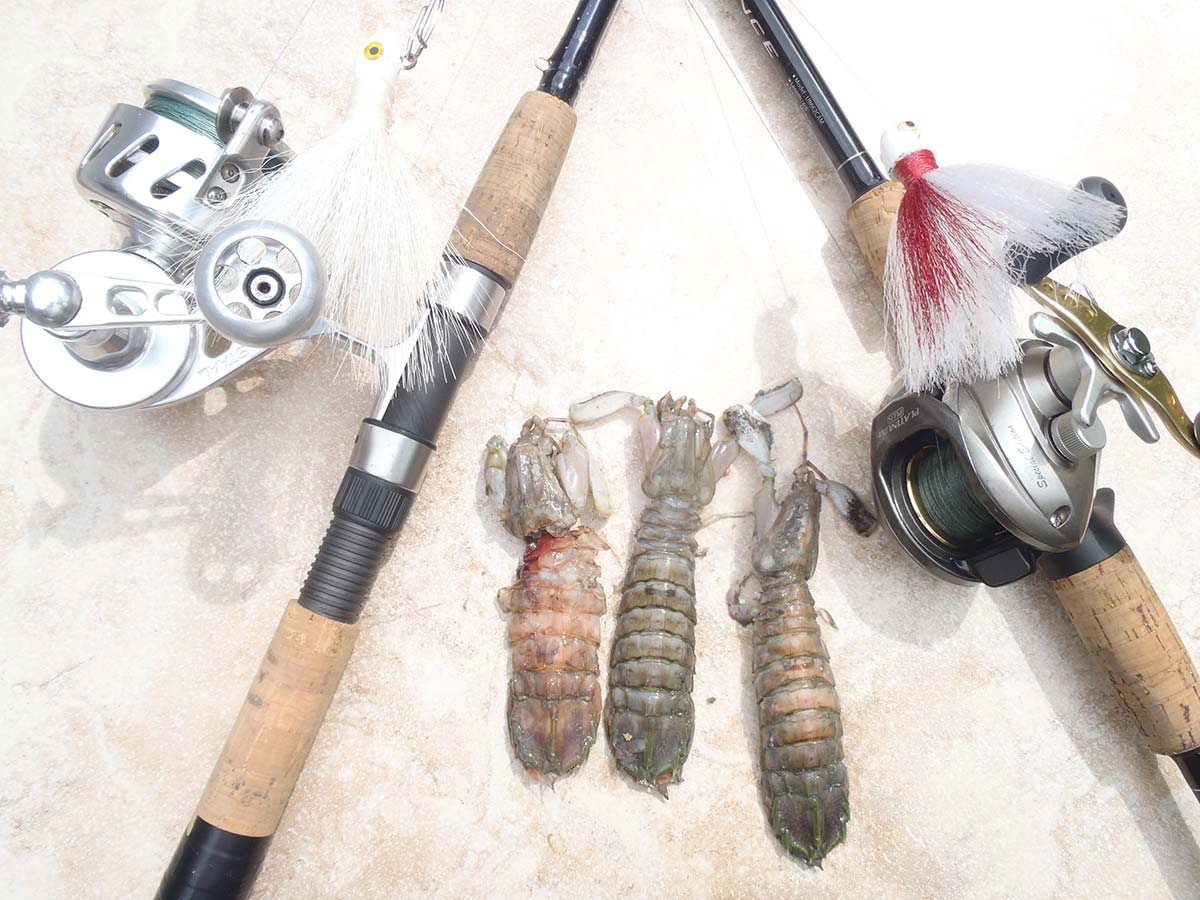
Fishing in Smithtown Bay, be it by boat or shore, will be terrific if we have a very good sand eel spring.
The quality of fluke fishing varies from season to season and from place to place for reasons beyond the power of anglers to control. The population seems to be in pretty good shape, so variations in the quality of fluking must be caused by something else, and the most likely candidate is bait. Here’s the kind of thing that can happen.
As fluke migrate inshore from their wintering grounds on the continental shelf, they seek out large concentrations of bait that include squid, sand eels, sardines, or any other abundant bait. Let’s say there’s a large cluster of fluke schools heading towards the South Shore inlets in the spring. Perhaps there are only small amounts of bait in the bays, while at Montauk, there’s lots of bait but what happens to the fluke? Typically, they will flood into the inlets and spread out to hunt in the bays. Fishing might be good for a day or two, but without food to hold them, they back out of the inlets and move east in search of food. When they arrive in Montauk waters and find an abundance of bait, they tend to stick around.
The same thing happens in the Long Island Sound. The fluke flood in from the ocean to the east and move west. Some schools will stop in an area where food is abundant, while other schools move on. In the end, the fish will cluster where bait is plentiful. I’ve often referred to Smithtown Bay as the sand eel capital of Long Island, but that hasn’t been true in recent years. North Shore sand eel spawns have been meager lately and to no surprise, so has the fluking. Local anglers who love to fish for fluke keep trying, but their disappointment is growing.
When it comes to fish distribution, sometimes strange things happen. Fluking is normally very good in Smithtown Bay in May due to an abundance of sand eels and squid. Usually, the fish remain in the bay until July, then slowly move deeper as sand eels and squid retreat into deeper cooler water. On the other hand, in the extreme Western Sound, fluking often picks up in late summer because by then an abundance of 2-to 4-inch peanut bunker provides a steady feed. The best fluking for size and numbers west of Centre Island usually occurs on the full moon in August or early September. In 2020 things were different. While consistent fluking in Smithtown Bay was difficult to find, the extreme Western Sound turned on early and continued to produce good catches well into September. The inconsistency of good fishing begs a philosophical question about angling. Would we enjoy fishing more if all fishing for all species were consistent year to year, and fish easier to predict and locate? Sounds good, but I’m not sure. Seems to me if it were easy and good all the time, we might get bored. I think anglers need a little challenge now and again.

Deep Treats
Although fluking on the Smithtown Bay flats may be poor and/or inconsistent, fluking in deeper water has been quite good at times, especially around the moons when critters often come out to feed and mate. The reason more anglers don’t pursue this approach is that it takes time, experimentation, and fortitude since all deeper areas do not produce equally well, or all the time.
Long Island Sound has a good population of mantis shrimp but few anglers ever see them since they live such reclusive lives. They spend most of their time in burrows, come out to feed mostly at night, but also emerge in daylight on the summer moons to mate. Fluke, weakfish, and stripers just love mantis shrimp and will go to great lengths to find them and feed on them. It just so happens there are lots of mantis shrimp scattered on parts of the deep slopes in the Long Island Sound, and they will roam around under the sun during the full moons.
Yes, an angler can head out to other deep structures such as Mount Misery Shoals or the Middle Grounds and often do well with good-sized fluke. However, strong currents there require heavier tackle, and that just doesn’t work for anglers who want to catch fluke on light tackle. I prefer to work the “Smithtown drop-off” where, although the water is deeper, currents are very light, even around the moons. Anglers often describe it as a place about 3/4 of a mile off the beach, but that distance varies quite a bit. What is typical of the location is that the flats begin to dip into deeper water. The slope may begin at about 35 feet or maybe 40 feet, then drop to about 65 feet in a relatively short time. The drop-off seems to be resistant to storms and tides because it’s been there my whole life. The bottom composition on the slope varies, so that some spots are softer while others are hard and smooth, and still, other spots feature a firm but not hard bottom with gravel.
When In Doubt
The fish don’t spread out evenly on the drop-off because big bait doesn’t distribute evenly. The same is true of mantis shrimp because their habitat is quite precise. They like bottom sediments that aren’t too hard making burrowing difficult, or too soft that causes burrows to collapse. Several years ago, fluke fishing on the drop-off due north of the river mouth was outstanding for two weeks, and lots of fish were caught with some doormats. The run attracted private boats and party boats alike. The chatter among fluke fans the following spring was how that was the spot to be. However, nobody told the fish and that part of the slope was almost barren.
As mentioned previously, finding fish on the slope when they aren’t abundant consumes time, but party boat captains are obliged to find fish for their customers, so they put in the time. Therefore, they’re often the first to find the fish, and thus can be a telltale sign for anglers to acknowledge fish are in that spot.
I recall a recent spring when I fished with friends on a pleasant, calm, sunny late day in May. We made our first drift right across the river mouth a few hundred feet north of the east end of Sunken Meadow. We caught a few shorts, but like all fluke fans we wanted some big fish, and we moved onto the flats west of the river. We cruised the flats slowly looking for bait schools on the recorder, and although we caught fish here and there, we did not locate any large bait schools and the fish we caught were all shorts. As we drifted in the shallows, I watched a party boat to the west on the drop-off. It hadn’t moved the entire time we were on the water, and now I saw a few private craft join in on the action. “Enough with the shorts, let’s go” I said.

Calm Day
We moved slowly around the boats as I watch the recorder. “I don’t know fellas, I don’t see any bait schools.” I hadn’t finished my sentence when several keeper fish came aboard the boats that surrounded us. “What the heck, we’re here and there are fish, so let’s try. But I don’t understand why the recorder isn’t marking any bait.”
How one fishes for fluke is a matter of preference. The two most common ways are dragging natural bait behind a sinker on a long leader. That’s especially useful when drifts are fast and the water deep. The second method is bouncing bucktails as you drift and in most cases that can be done with light gear. Our crew preferred lighter bucktails on light tackle and we lowered 1-ounce heads to the bottom and began gently jigging. Actually, the presentation is more like a wiggle than a jigging motion. The idea is to keep the bait hopping across the bottom because severe upward jigs don’t usually produce very well. Thank goodness it was a calm day that allowed us to maintain contact with the bottom despite the depth. The bottom was hard with lots of gravel as we made drifts from 35 to 45 feet into 55-to 60-feet of water.
I was impressed with the size of the fish that were being caught around us, and that signaled to me that the food must be pretty large. My friends were the first to hook up. Their rods bent significantly, so I knew these weren’t shorts. Each drift produced fat fluke, and then I hooked into a bigger one which turned out to be a true doormat that put up a great fight that included a last-minute explosive dash toward the bottom. We all know that those explosive runs towards the bottom near the boat are when many doormats are lost, but after several awkward netting attempts, we did land that fish. As it flopped on the deck it spit up a partially digested 6-inch unknown sea creature. I grabbed it for a closer look and yes, it was a mantis shrimp. Now, the scenario made sense. No bait on the screen, deeper water gravel slope, and mostly keepers being landed. Of course, the fish-favorite mantis shrimp.
Short Window
Conditions were perfect that day and we had a ball. Although I’m retired, my younger fishing pals had to work and I was without a boat. True to form, when we were able to get out a week later, the moon tides had eased and the mantis shrimp retreated into their burrows. We didn’t even have a hit!
Windows for big fish of any species are usually small because there aren’t as many big fish as there are small fish. Big fish also don’t feed as often or as long since their menu includes little things and big things. I don’t expect to catch doormats on every trip unless I’m enjoying a run of big fish at Montauk. Locally, there are a limited number of big fish days and you won’t necessarily find them unless the weather, bait, moons, and bottom align properly. However, in my view, searching and testing the slope in Smithtown Bay is worth the effort. Let me help narrow your choices a little. Try the full moons of May and June for the best results.
Season: May 4 – September 30
Size: 19 inch minimum
Limit: 4 per angler per day
It doesn’t matter whether you chase fluke or stripers or anything else, bait is the key. Fishing in Smithtown Bay, be it by boat or on the shore will be terrific if we have a very good sand eel spring. People can blame poor fishing on anything they want, from global warming to local weather patterns, to heat, or too many shooting stars. In the end, it’s mostly about the bait because as I’ve noted many times, “they gotta eat!”




